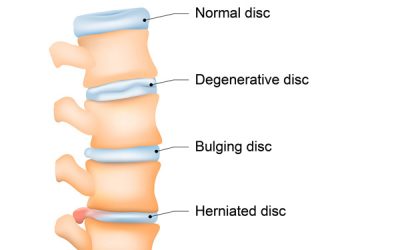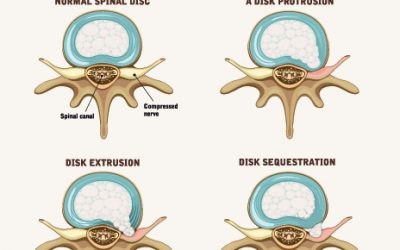This condition is caused by an irritation of the intercostal nerve due to a misalignment dysfunction at the thoracic segments and to a lesser extent the corresponding rib. Patients usually describes of a linear sharp pain following the rib towards the front of the chest. Deep breathing and twisting upper body movements generally aggravates the symptomatology.
Chronic injuries as seen in spinal degeneration may also narrow the nerve passage due to the scar/fibrotic tissue at the superficial fascia and by the osteophytic bone formation from the underlying bones.
Thoracic Herpes Zoster is a viral disorder tends to be predisposed when the natural PH is decreased by the presence of chronic inflammation due to a thoracic/rib dysfunction compromising the local immune cells and predisposing for the appearance of this infection. Treatment must include realigning the vertebral/rib segment and reduce inflammatory build up by the use of specific essential oils and supplementation.

Herpes-zoster
Assessment
Neurological examination.
Spinal and rib clinical assessment to identify the dysfunctional vertebral segments that contributed to the level of this neuropathy
X-ray analyses
Anteroposterior (AP) and Lateral spinal views are essential to accurately diagnosed and visualise the patterns of misalignment dysfunction responsible for compromising the never root.
MRI analysis
Important exam to verify the level of narrowing of the nerve passage and the exact point of irritation
Rule out any other condition; There are rare disorders that may create similar patterns of dysfunction, is advisable to rule out these conditions prior to the start of the treatment.
Treatment protocol
Specific spinal adjustment to relief the nerve root irritation
Low level laser application from the neck following the path of the neve along the rib,
Specific therapeutic essential oils are applied to reduce nerve inflammation and enhance healing.
Depending on the level of nerve compromised and chronicity of the misalignment a minimum of 6 weeks up to 12 weeks of treatment care may be necessary to resolve this deformity.




